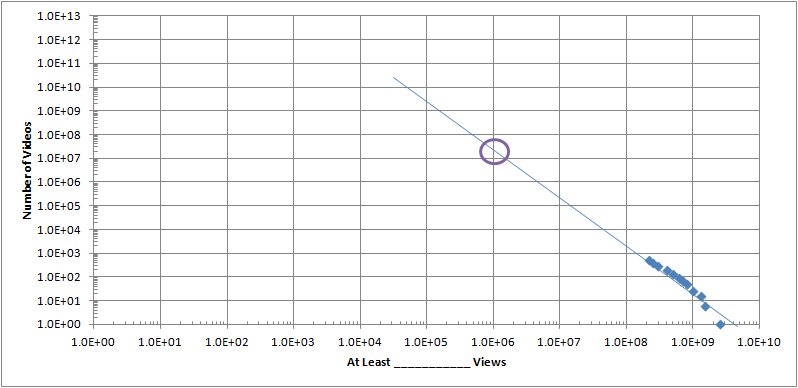"Node Generative Architecture"
Sorry there hasn't been a post here for awhile. This week I just have a few random links—but hopefully some interesting ones—but I'm planning what should be a very interesting book review for my next post.
One of my previous posts was referenced on a site called "Node Generative Architecture", which seems to be about the algorithmic design of features for virtual reality environments:
I recently read an interesting article about the Maria Theresa Thaler (MTT), a silver coin bearing the image of a Habsburg Empress:
The Ottoman authorities did not encourage use of the MTT, but their own silver coinage, the mejidiye, was generally regarded as inferior. The fact that soldiers and others in Ottoman service received payments in mejidiye by weight rather than by count meant that clipped and damaged coins were still acceptable, and this, as well as shortages of supply, debased the currency. As Ottoman debt piled up, their mints decreased the silver content of the coins: Both the central treasury and provincial pashas took in "good" money—coins with a high silver content—melted them down and alloyed them, then minted new coins with the same nominal value but a lower silver content. The acceptability of Turkish specie coins was thus further undermined. By the mid-19th century, the Maria Theresa thaler had become the monetary standard in the Levant, where it remained legal tender until 1960. [emphasis added]
I find it a bit incredible that a coin bearing the date 1780 (though it has been minted regularly since then, even in the new millennium) and originating in the defunct Austro-Hungarian empire could circulate for so long and so widely (I've previously read of it being used in Yemen).
I haven't done much with 3D printing recently myself, but I saw this "digital sundial" that is too cool not to share:
Another thing I've noticed recently is that a number of music videos I've watched on YouTube have over half a billion views. So I decided to investigate how common that is. According to this list on Wikipedia, there are now twenty-five videos with over 1 billion views. The most-viewed video, and the first to cross the 1 billion and 2 billion view thresholds, is Gangnam Style, while other videos with over 1 billion views are mainly English-language music videos—except for Bailando by Enrique Iglesias, which I hadn't come across before but is pretty great, and a Russian children's cartoon.
All the videos on this playlist of the top 500 videos on YouTube have over 200 million views. I used the rankings and the view counts to come up with the following graph. Assuming they follow a power law distribution (the book The Signal and the Noise that I've reviewed before discusses power law distributions applied to the frequency and magnitude of earthquakes and terrorist attacks), I estimate there are on the order of 10 million videos with over a million views.
